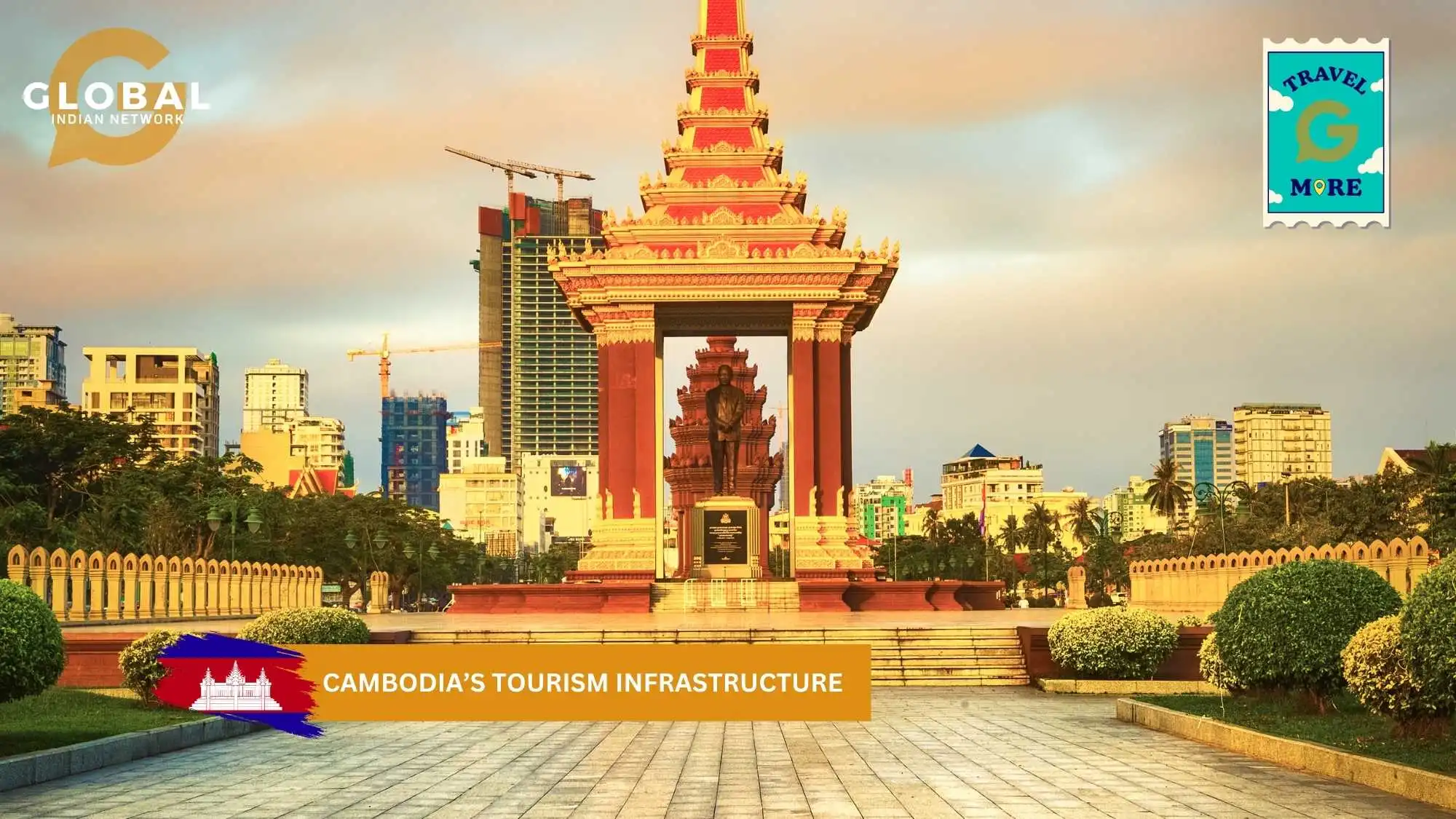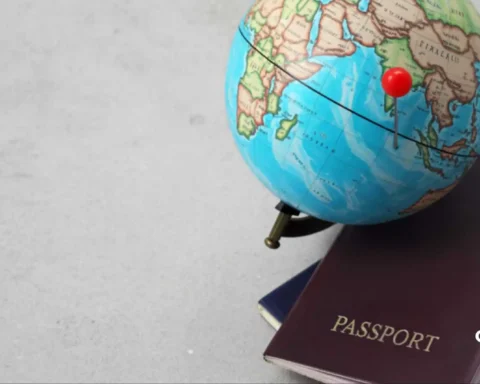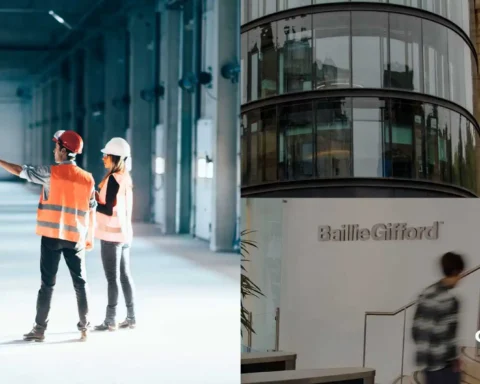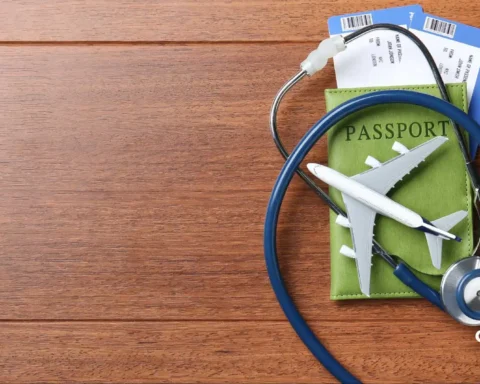Cambodia, located in Southeast Asia, is known for its ancient temples, vibrant cultures, and natural beauty. Angkor Wat, a symbol of the country’s past, attracts millions of tourists, including Indian tourists. However, the country faces a pressing challenge: the need for modern infrastructure that matches its heritage’s grandeur.
Cambodia’s global tourism growth attracts increased demand for improved roads, quality accommodation, sanitation, and visitor amenities. This is particularly important for travelers from India, who value convenience, comfort, and seamless journeys, transforming a trip into a cherished memory.
Cambodia has the chance to merge tradition and modernity through strategic infrastructure development. Enhancing accessibility and quality of facilities around iconic sites like Angkor Wat can preserve Cambodia’s cultural legacy and create a world-class destination. This journey is crucial for tourism growth and sustainable prosperity, honoring visitors and welcoming communities.
Table of Contents
Tourism in Cambodia
In 2024, Cambodia attracted 6.7 million international visitors, a 23% rise from 2023. The sector generated approximately $3.63 billion, contributing 9.4% to the national GDP. The Cambodian economy has seen a significant boost in tourism, which has directly supported 510,000 jobs.
In 2024, Cambodia, Thailand, Vietnam, and China were the primary sources of international tourists, accounting for nearly 65% of total arrivals. Cambodia, a B2B country, saw the highest number of visitors (32%), followed by Thailand (3.14 million), Vietnam (20%), and China (12.7%).
Over 2 million tourists arrived via air, highlighting the importance of aviation connectivity. Over 4 million visitors entered via land borders and waterways, demonstrating robust regional travel.
Tourism significantly contributes to Cambodia’s economy, contributing 12% to GDP and providing employment and foreign exchange. It generates billions in revenue, supports jobs, and stimulates investment in infrastructure. The government aims to attract 7.5 million international tourists in 2025, boosting tourism’s economic impact. Despite a dip in GDP during the pandemic, the sector’s growth underscores its importance in sustainable development and economic diversification.
Infrastructure Development for Tourism in Cambodia
Infrastructure is the backbone of any country’s development. Cambodia’s iconic attraction, Angkor Wat, attracts millions of visitors annually, including Indians. To fully realize its tourism potential, Cambodia needs to prioritize comprehensive infrastructure development, especially around key destinations like Angkor Wat.
The Current State of Infrastructure
Cambodia has made significant improvements to its tourism infrastructure, including constructing the new Techo International Airport and expanding the Sihanoukville Port. These projects have enhanced the country’s connectivity and capacity to host global visitors. In Siem Reap, the construction of 38 new roads, the launch of a new international airport, and modern public transportation have made the region more accessible and visitor-friendly.
Despite progress, challenges persist in secondary infrastructure, particularly in secondary and tertiary destinations. These challenges include attracting high-value tourists from India, who value well-being and convenience. Addressing these gaps is crucial for promoting year-round tourism.
Why Infrastructure Matters for Tourism
Infrastructure, including good roads, efficient airports, clean water, reliable electricity, and modern accommodation facilities, is crucial for a successful tourism sector. These amenities attract and retain international visitors, especially Indian tourists who expect comfort, quality hotels, hygienic restaurants, and accessible transportation options.
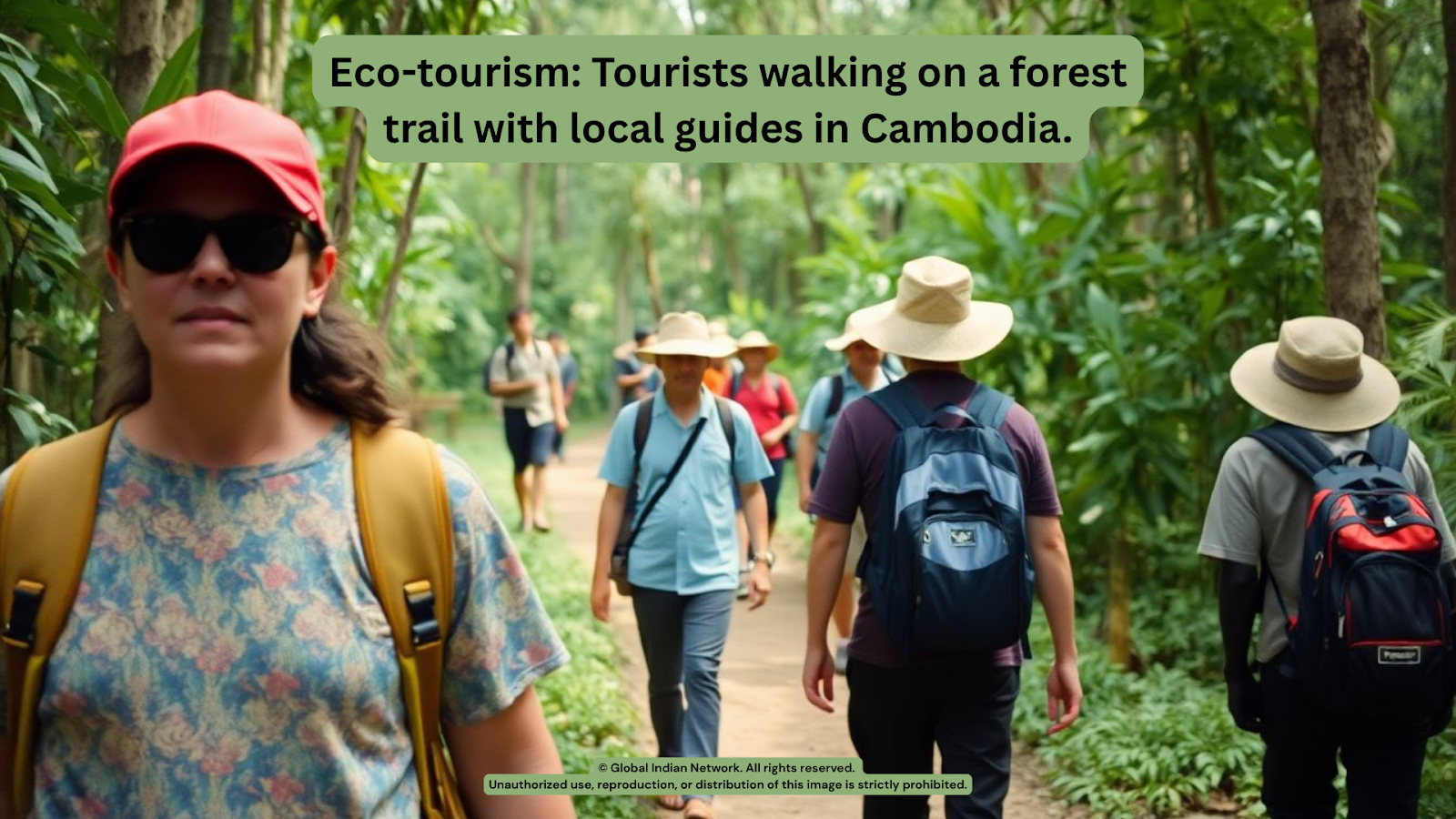
Cambodia’s improved infrastructure promotes eco-tourism, wellness tourism, and community-based experiences to appeal to niche markets and encourage longer stays. These initiatives require robust infrastructure, including eco-lodges, guided trails, medical facilities, and digital connectivity, to ensure a safe and enjoyable experience for all visitors. One example is the Shinta Mani Wild eco-resort in the Cardamom Mountains exemplifies Cambodia’s push for sustainable luxury tourism.
Recent and Ongoing Initiatives
The Cambodian government has recognized the necessity of infrastructure development and has launched several ambitious projects:
Techo International Airport: Techo International Airport, set to open in mid-2025, is expected to enhance Cambodia’s connectivity, facilitating easy access to major attractions for tourists from India and beyond. It is designed to handle up to 13 million passengers annually, with future expansion planned to accommodate 50 million by 2050.
Road and Urban Development in Siem Reap: New roads and urban amenities are being constructed in Siem Reap to enhance traffic flow and the visitor experience around Angkor Wat.
Restoration and Modernization of Angkor Wat: Angkor Wat is undergoing significant renovations, including new walkways, reorganized gardens, and improved parking, to enhance visitor safety, organization, and enjoyment. 38 new roads constructed to improve access to Angkor Wat and surrounding attractions. Angkor Enterprise has introduced a digital ticketing system to improve visitor access to the Angkor Archaeological Park.
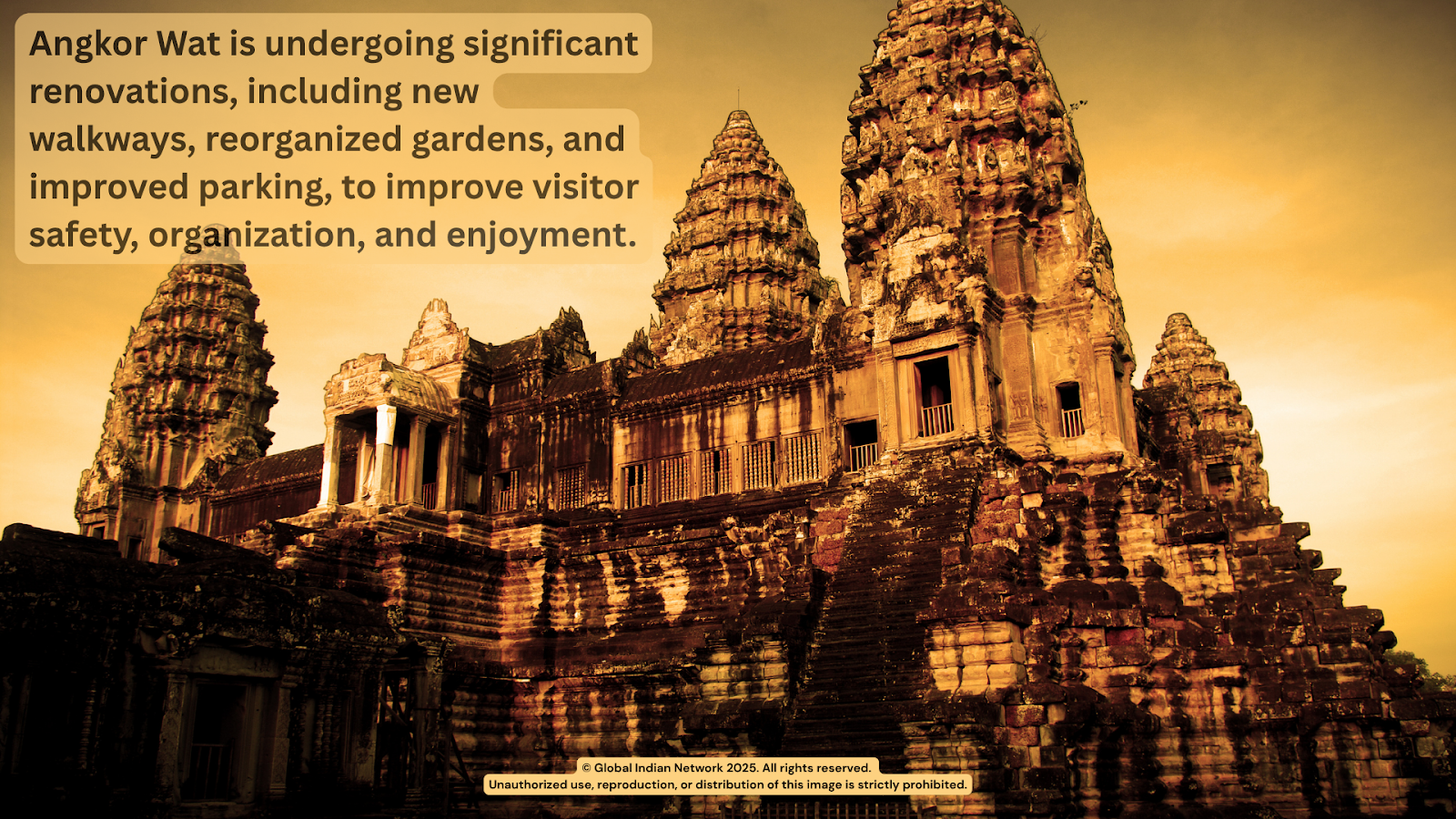
Sustainable Tourism Projects: Cambodia is diversifying its tourism sector by investing in eco-resorts, nature conservation areas, and community-based tourism to attract environmentally conscious travelers. Cambodia is diversifying its tourism sector through innovative projects like Chi Phat Community-Based Ecotourism initiative in the Cardamom Mountains and Preah Vihear. These ventures attract environmentally conscious travelers, create sustainable income for local communities, and help preserve Cambodia’s rich biodiversity.

Government Incentives and Policies
Cambodia is implementing incentives to attract foreign investment and accelerate infrastructure development, including streamlined visa applications, reduced fees, tax exemptions, and audit waivers for tourism-related businesses, particularly in Siem Reap, under the “Sacred Tourism 2025-2035” policy.
The Indian Traveler: Comfort and Convenience
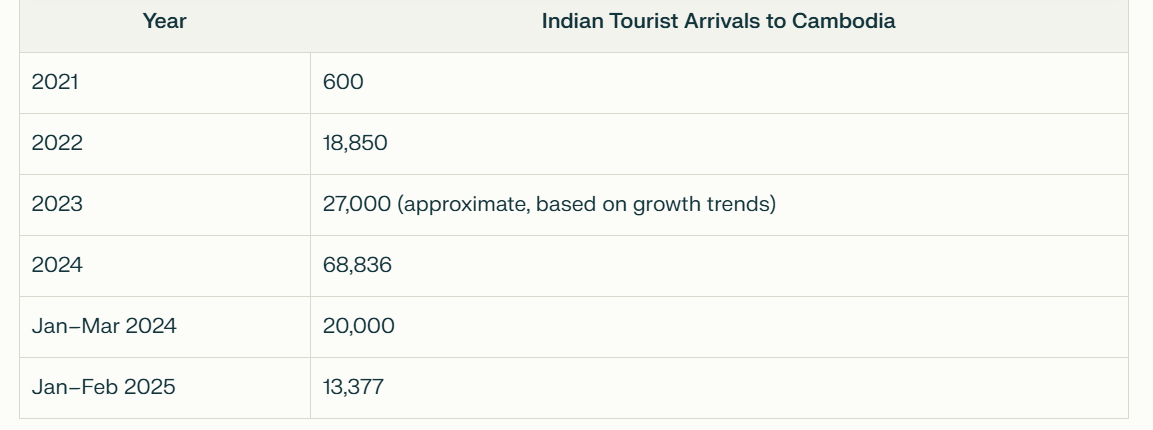
Indian tourists represent a rapidly growing market for Cambodia. Their travel preferences often include:
- Comfortable and well-appointed accommodation
- Easy access to vegetarian and Indian cuisine
- Reliable transportation and guided tour options
- Clean and accessible public amenities
Meeting these expectations is crucial for Cambodia to capture a larger market share. Infrastructure improvements, such as more international-standard hotels, enhanced sanitation, and better connectivity, will directly influence Indian travelers’ decision-making and encourage repeat visits. The current tourism trends point towards the potential.
Data and Market Insights
According to the India Tourism Data Compendium (2024), Indian outbound tourism is growing rapidly, with increasing numbers of travelers seeking destinations in Southeast Asia, including Cambodia. This growth underscores the importance of upgrading infrastructure to meet Indian tourists’ expectations for restfulness
and convenience (Ministry of Tourism, Government of India, 2024).
India’s Outbound Tourism is Booming
Indian outbound travel is surging: In 2023, Indian nationals made a record number of international departures, surpassing pre-pandemic levels. This trend is expected to continue, making India one of the fastest-growing outbound tourism markets globally.
Popular among Southeast Asian destinations: Countries like Cambodia increasingly target Indian travelers due to this robust growth.
Indian Tourists: High Value and High Expectations
Spending Power: The average foreign tourist spends ₹2.9 lakh (excluding transport) per trip in India, reflecting the high economic impact of quality inbound tourism. Indian outbound tourists, especially to Southeast Asia, are known for similar spending patterns and value comfort, convenience, and quality experiences.
Travel Preferences: Indian tourists show strong interest in heritage, culture, wellness, and family-friendly destinations – areas where Cambodia, especially Angkor Wat and Siem Reap, can excel with the right infrastructure.
Connectivity and Accessibility are Key
Air Travel Dominates: 79.4% of international tourists to India arrive by air. Direct flights (e.g. IndiGo’s direct flights from Kolkata to Siem Reap, launched in February 2025) and improved airport infrastructure are crucial for attracting Indian tourists to Cambodia.
Visa Facilitation: India’s success with e-Visa (now available to travelers from 167 countries) has made travel easier and more attractive. Cambodia’s own e-Visa and streamlined arrival processes will resonate well with Indian travelers accustomed to digital convenience.
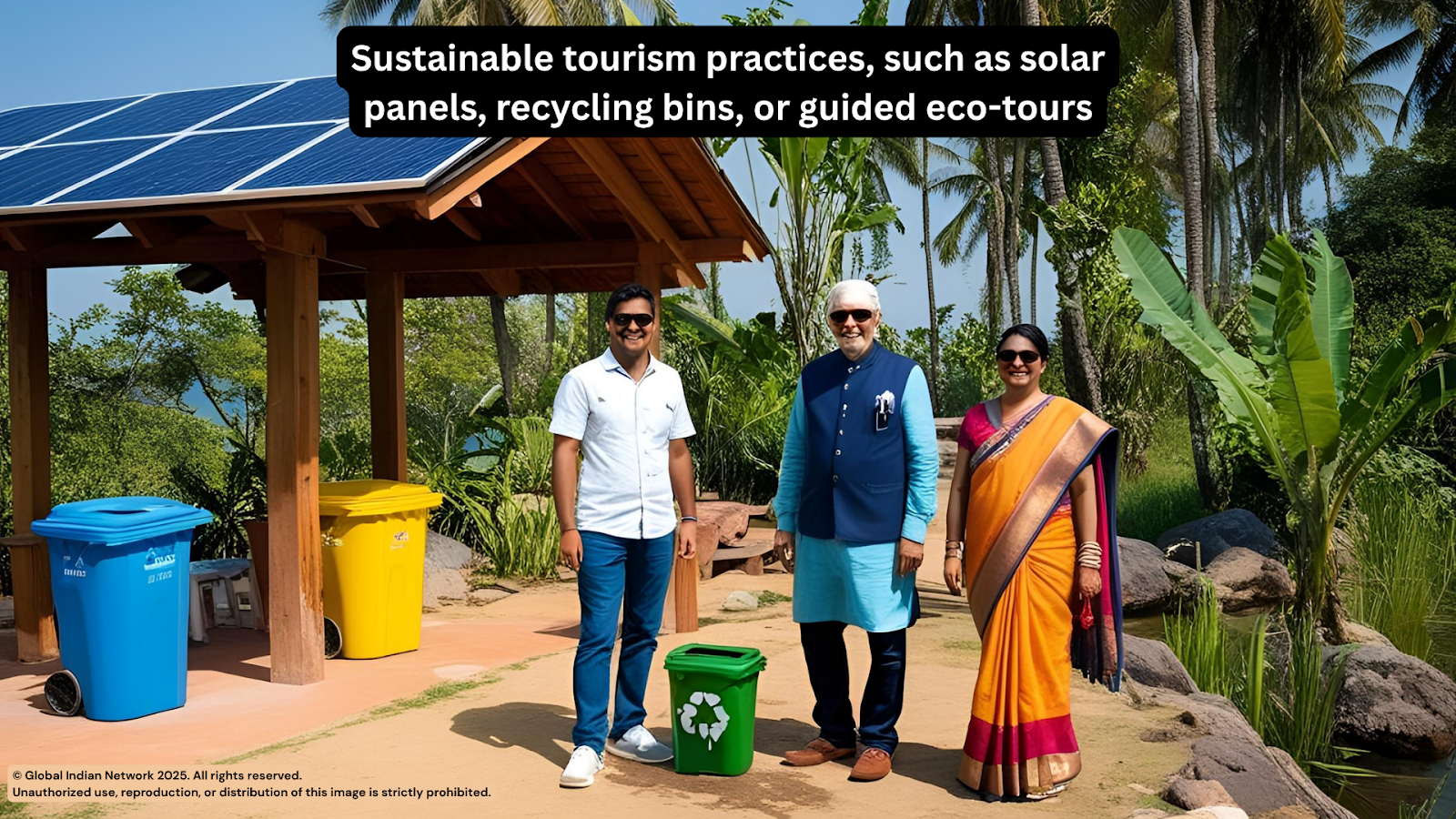
Seasonality and Travel Peaks
Peak Travel Months: December is the most popular month for Indian outbound travel, coinciding with school holidays and the festive season. Cambodia can target this period with special promotions and enhanced services.
MICE and Business Travel: 10.3% of foreign visitors to India come for business or conferences (MICE – Meetings, Incentives, Conferences, and Exhibitions). Cambodia’s development of convention centers and business-friendly infrastructure can tap into this lucrative segment.
Infrastructure Drives Tourism Growth
India’s Example: Government initiatives like Swadesh Darshan 2.0 and Pilgrimage Rejuvenation and Spiritual, Heritage Augmentation Drive (PRASHAD) have focused on upgrading infrastructure around key tourist sites, resulting in increased arrivals and higher satisfaction.
Cambodia’s Opportunity: By investing in better roads, hotels, sanitation, and digital amenities, mirroring India’s approach, Cambodia can attract more Indian tourists and extend their stays.
Global Recognition and Competition
India’s Rising Rank: India now ranks 39th in the World Economic Forum’s Travel & Tourism Development Index (TTDI) 2024, with strong scores in price competitiveness, air transport, and ground infrastructure.
Competitive Edge: Cambodia must continue to upgrade its tourism infrastructure to remain competitive and appealing to discerning Indian travelers who have a wide choice of destinations.
Voices of Indian Travelers
The end users play a pivotal role in customer service-oriented industries such as tourism and hospitality. In the interest of all stakeholders, we showcase some positive and negative feedback on Cambodia from Indian tourists.
Positive Opinions
Indian travelers often praise Cambodian guides for their friendliness, knowledge, and willingness to go the extra mile. They appreciate guides who are punctual and communicative and offer thoughtful touches like bottled water and local food recommendations. They also appreciate guides introducing them to Cambodian culture and authentic cuisine.
Positive reviews praise the cleanliness, coziness, and well-maintained vehicles of tuk-tuks, as well as the attentive guides, which ensure a hassle-free travel experience. Travelers appreciate learning about Cambodia’s history and culture, especially visiting sites like Angkor Wat and the Killing Fields. Many guides are proficient in English and highly responsive, appreciated by international visitors.
Negative Opinions
India faces challenges in direct flight options and infrastructure, making travel less convenient. However, new airports and improved connectivity are expected to address these issues soon.
English-speaking guides can make it challenging for non-fluent travelers to fully engage with local experiences, but some guides are praised for making explanations accessible.
Cambodia’s hot and humid climate, particularly during the peak season (November to March), can significantly impact ease and sightseeing enjoyment.
The Road Ahead: Challenges and Opportunities
Cambodia faces challenges in tourism development due to inadequate physical infrastructure in rural and emerging destinations. To bridge these gaps, sustained investment, capacity building, and public-private partnerships are necessary.
At the same time, the ongoing focus on sustainable and inclusive infrastructure development presents an opportunity for Cambodia to position itself as a premier destination in Southeast Asia. By prioritizing the needs of international tourists-especially those from high-potential markets like India-Cambodia can ensure that its tourism sector remains resilient, competitive, and beneficial for local communities.

Conclusion
Cambodia’s tourism growth requires collaboration between government agencies, private sector investors, and local communities. The government should focus on upgrading infrastructure and ensuring sustainable, inclusive developments. Private sector should invest in high-quality accommodations, digital services, and eco-friendly experiences, catering to international travelers. Local communities can play a crucial role by embracing community-based tourism, preserving cultural heritage, and delivering authentic hospitality.
Cambodia’s tourism sector is set for significant transformation with the introduction of digital solutions like smart destinations, e-visa enhancements, and integrated travel apps. The country’s upcoming projects, including Techo International Airport, eco-tourism expansion, and new direct flight routes, signal a bright future. Prioritizing comfort, connectivity, and sustainability will ensure the industry’s recovery and long-term benefits.
Infrastructure is vital in shaping journeys, turning curiosity into delight and obstacles into opportunities. Cambodia’s commitment to better roads, refined accommodations, and thoughtful amenities will bridge the gap between wonder and welcome for Indian tourists, blending tradition and modernity.
Overall, Indian travelers to Cambodia are highly satisfied with the warmth of local hospitality, knowledgeable guides, and cultural richness, but note that better connectivity and infrastructure would further enhance their experience.
A fruitful collaboration between India and Cambodia can capitalize on today’s tourism trends to improve both nations’ economic growth.




